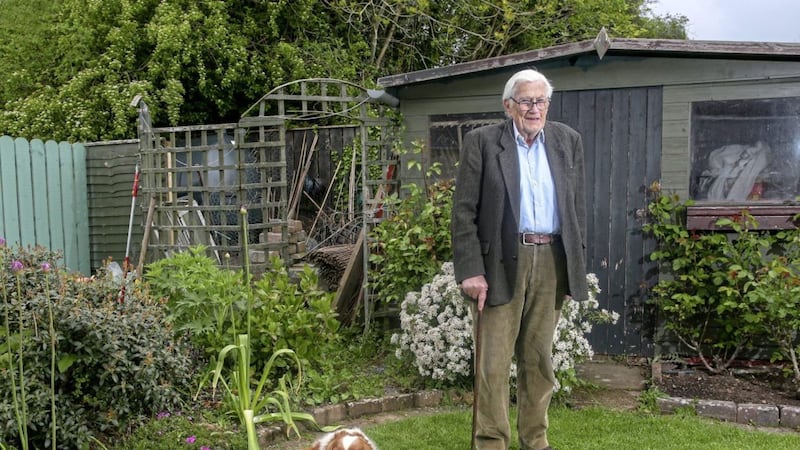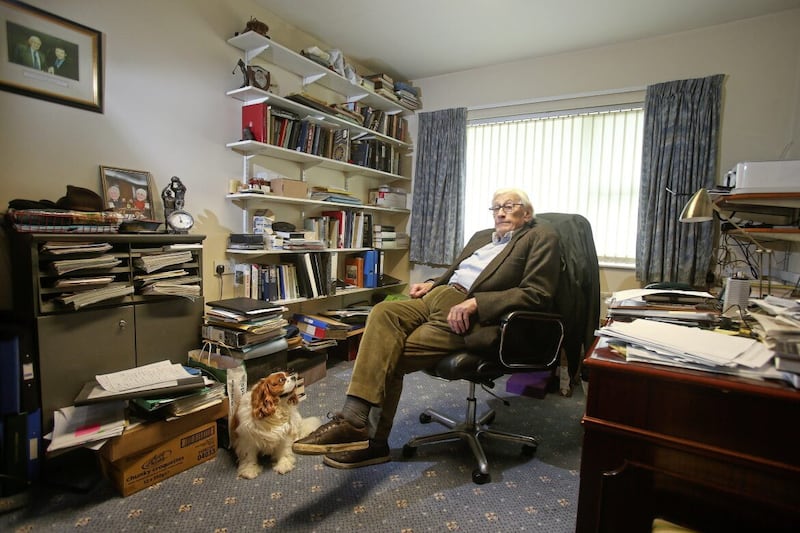WITH more than eight decades behind him, Seamus Mallon still managed to stoke up political controversy last year during one of his final interviews.
With his book A Shared Home Place, he made his last significant contribution to political debate in the north. He argued that a ‘50+1’ border poll would not lead to the type of agreed Ireland many hope for.
His remarks in The Irish News sparked a huge response, with many republicans venting their rage at his controversial suggestion of ‘parallel consent’ – which requires unionist and nationalist agreement.
Throughout his career the Co Armagh man was often critical of republicans and even then in his autumn years he was on the front foot.
The obvious physical frailty that comes with advancing years had done little to dull his mind. Under interrogation his answers were carefully considered, a second taken to collect thoughts before each response – just in case an ambush was being set.
The former teacher still had plenty to say about current events, the state of politics and his view of the future. Relaxed and generous with his time, he revealed how he still made a weekly visit to his local pub. He spoke of his Catholic faith and how he was drawn closer to it during the sickness and eventual passing of his wife Gertrude in 2016.
He told how he comforted RUC member Snowdon Corkey as he lay dying after being shot along with a colleague by the INLA in Markethill in 1982, and recounted how the infamous loyalist Glenanne Gang considered blowing up his house in 1976.
His fondness for the GAA and encounters on the field with some greats of the game were also recounted.
The walls of his modest bungalow on the outskirts of the unionist village of Markethill hold tales that are unlikely to be retold now. A small office containing books, files and folders revealed evidence of a man who kept his mind active. History hangs large around the Mallon homestead – an ancient road taken by Hugh O’Neill’s army after the native Gaelic forces defeated the English at the battle of Yellow Ford in 1598 runs through the front garden.
In the warmth of his family home the politician saw out his final years surrounded by family and friends, tending to his garden closely watched by his faithful pet Jessie.
As Mr Mallon reclined in his living room Jessie lay at his feet snoring, occasionally glancing curiously around the room at the assembled strangers.
The wee dog died last Monday – as if, by providence, just days before its master.
Like him or loathe him, Seamus Mallon was a significant figure in contemporary Irish politics who until the end strived to make his voice heard.






